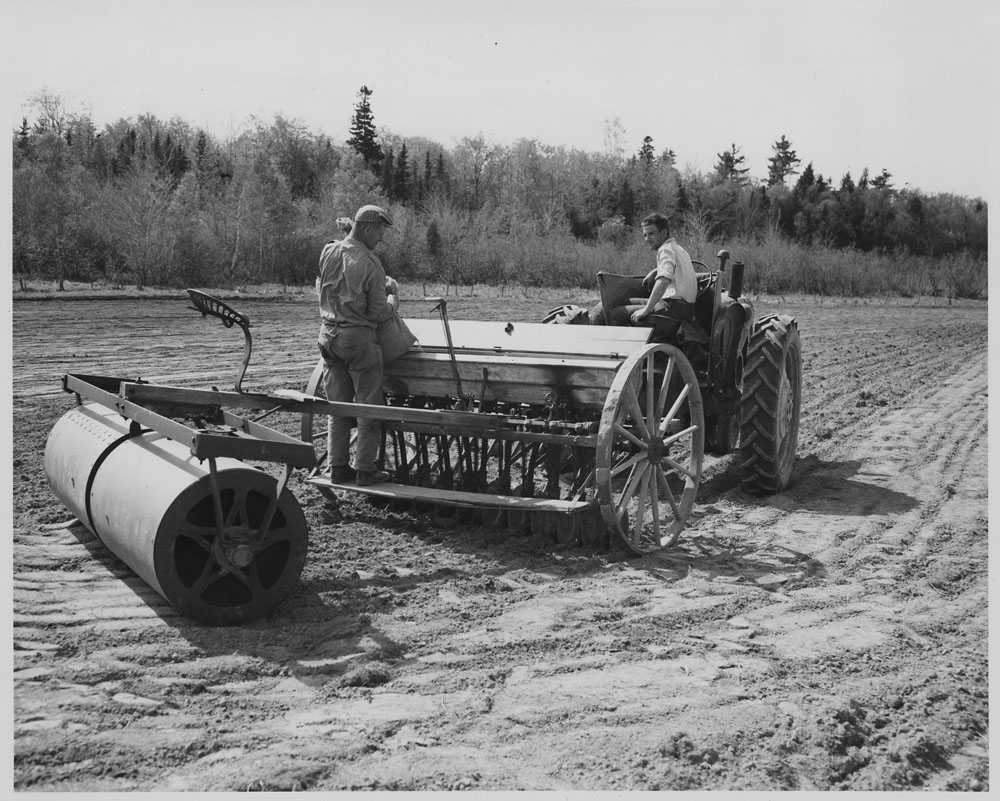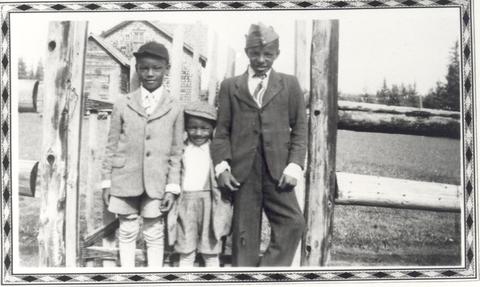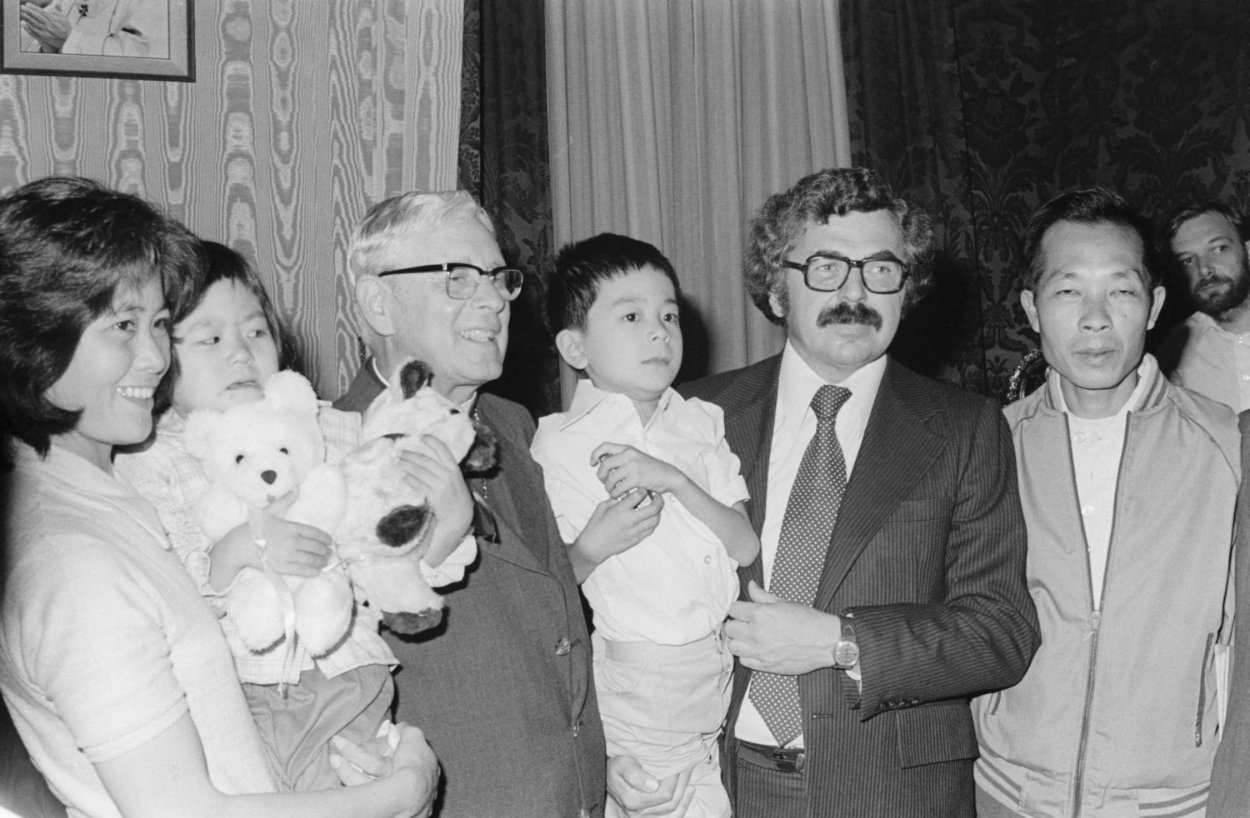Article
Afghan Canadians
The Afghan community in Canada is relatively new. Until 1978, about 1,000 Afghans lived in Canada. However, since 1978, decades of political instability, invasions and war in Afghanistan pushed many to leave to other countries. Since then, the Afghan population in Canada has grown. (See Refugees to Canada.) According to Statistics Canada’s 2016 census, approximately 84,000 Afghans are living in Canada, the majority of whom are settled in the suburbs of major cities.












